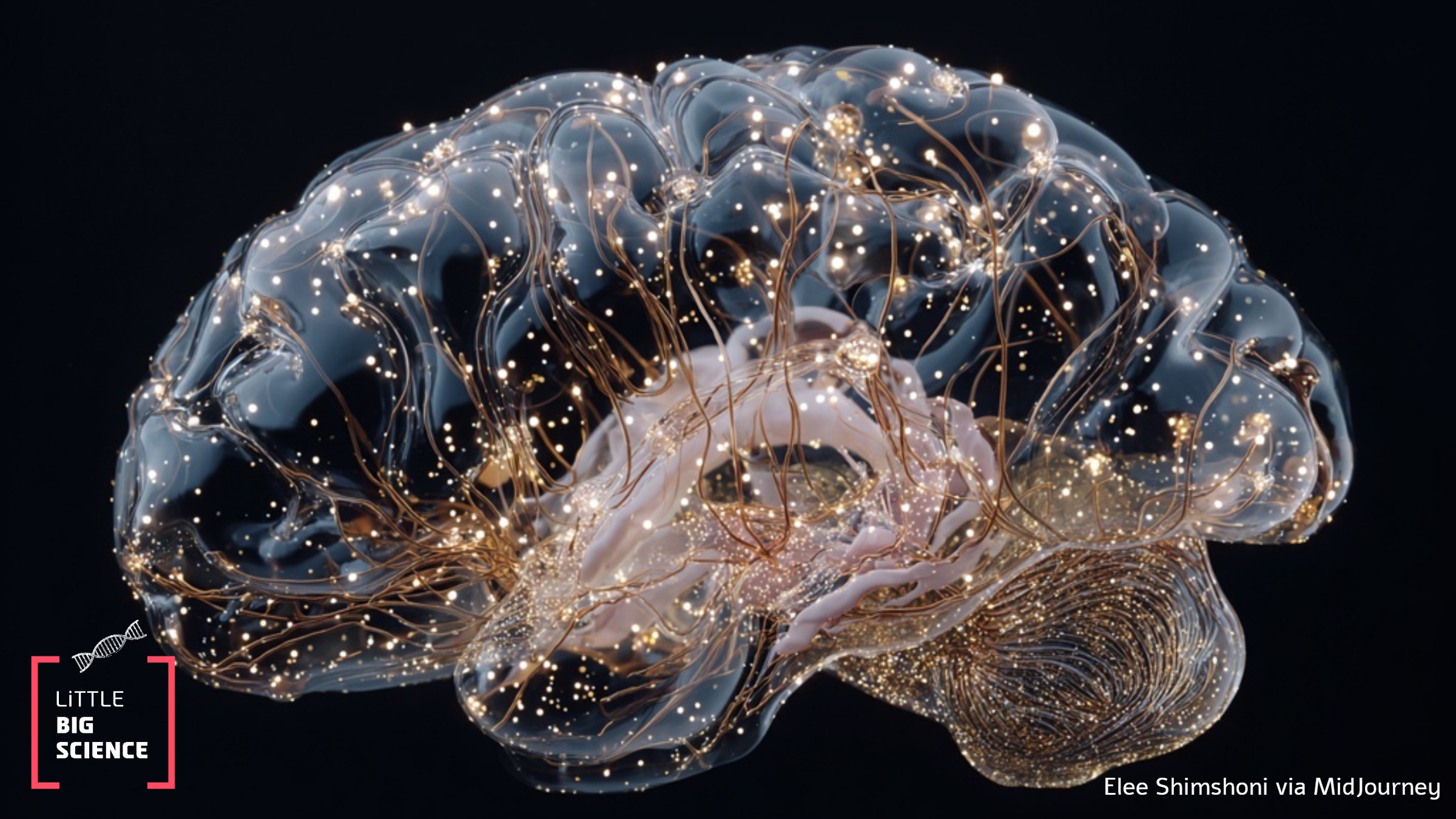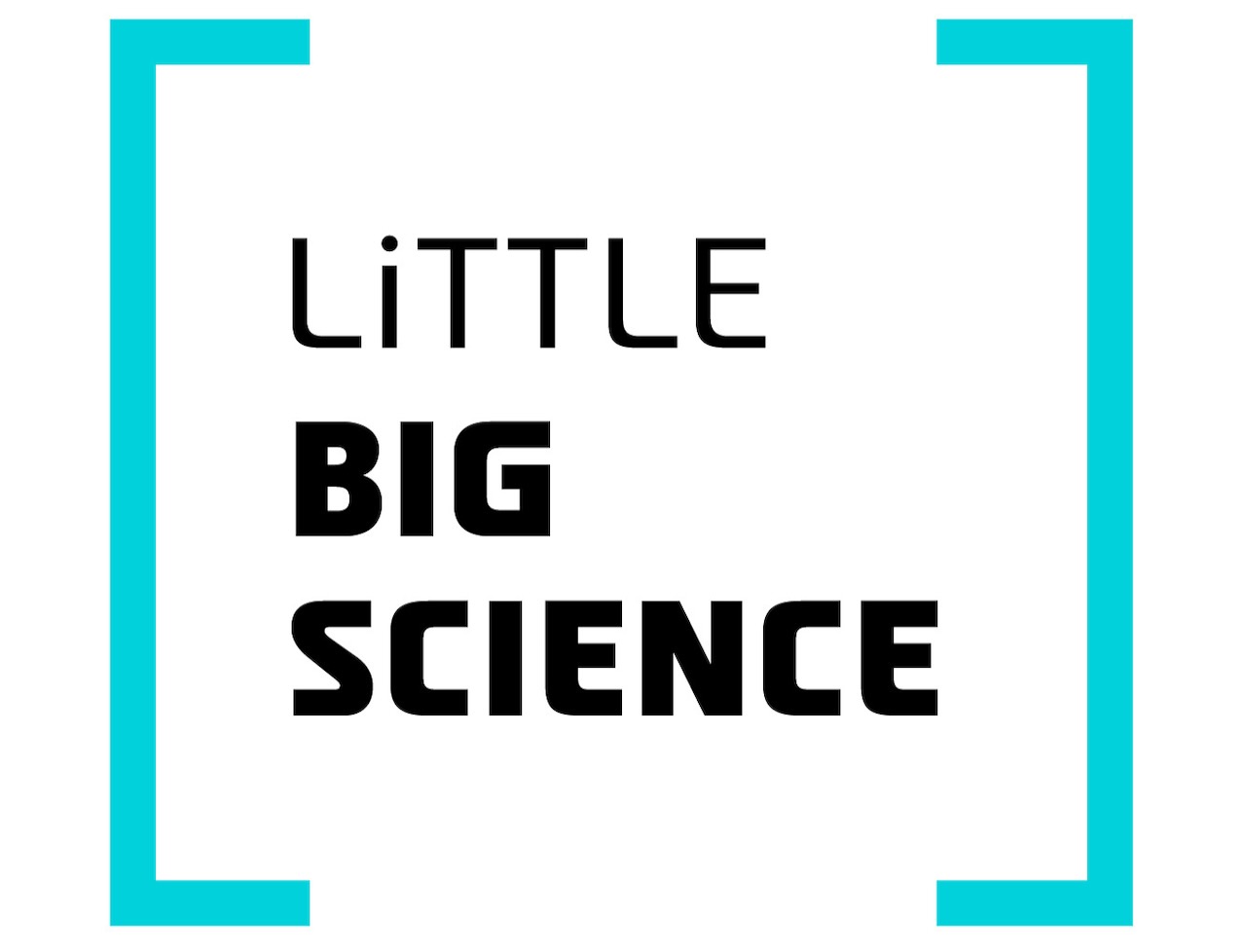
A new study published in Science shows that nerve cells in the human brain continue to form even in adulthood. The research team provides an answer to a long-standing, fundamental question in neuroscience about the human brain’s ability to regenerate throughout life.
Advertisement
One of the most fundamental and longstanding questions in neuroscience has been the focus of fierce debate for decades – do new neurons form in the adult human brain? The generation of new neurons in the brain, or “neurogenesis,” has been documented in studies, but mainly in animal models, and unequivocal proof of this phenomenon in the human brain remained controversial for years.
Beyond answering a key biological question (until recently it was thought that the adult brain could not regenerate), confirming neurogenesis in the adult brain could reshape prevailing views on brain aging and enable breakthroughs in treating neurological diseases, restoring brain functions, and deepening our understanding of memory, learning, and adaptation in the human brain.
Neurogenesis, documented mainly in animal models—especially rodents and primates—had so far been considered limited to childhood in the human brain. During this period, neural stem cells—special cells with differentiation potential—become progenitor cells, which can later differentiate into neurons. Progenitor cells differ from stem cells in that their differentiation capacity is more restricted; in this case, they can become only neurons.
According to one view in the field, the neurons generated during childhood stay with us for life, while the populations of stem and progenitor cells disappear as we mature. Other views support the possibility that neurogenesis occurs in the adult human brain, relying on several studies that provided indirect evidence for the presence of progenitor cells in adulthood [1]. However, the exact size of this population is unknown, and it was not clear if these cells can actually divide into new neurons in the mature brain.
Over the years, studies have supported both sides—some found indications of neurogenesis in the adult brain, while others found no evidence. Until recently, no study had settled the dispute.
Now, a new study published in the journal Science provides strong evidence that new neurons are indeed generated in the adult human brain, specifically in the hippocampus—a key region for learning and memory [2].
The research team examined brain samples from individuals aged 0 to 78 and used several advanced techniques to demonstrate the presence of progenitor cell populations in the adult human brain.
First, the team employed a technique called snRNA-seq (single-nucleus RNA sequencing). This method allows researchers to determine which genes are “turned on” and being transcribed into RNA (for more about RNA and how it is transcribed from genes – [3]), offering clues about the activity and role of each cell in the tissue. Technically, isolating intact human brain cells from mature tissue is very difficult, but cell nuclei—the compartment containing the genetic material—are more robust and remain intact after tissue dissociation, allowing rich and precise data to be extracted. In short, this technique enables researchers to isolate neuronal nuclei, sequence the RNA inside them, and identify – by each nucleus’s gene-expression “signature” – the cell type it came from, including rare cells such as progenitors.
The research group used a machine-learning algorithm to identify the progenitor population. Because these cells are known to exist at ages 0–5 and their gene-expression signature in young brains is already mapped, the investigators “trained” the algorithm to recognize the pattern characteristic of progenitors in early life. The algorithm then scanned samples from adult brains—where such cells are far rarer – and located cells with similar gene-expression profiles.
Although these methods showed that progenitor cells can be detected in the brains analyzed, the critical question is whether the cells are active and functional – namely, can they divide and become neurons? To test this, the researchers used a protein marker that appears only in cells undergoing division. In this way, they identified dividing cells, including progenitors, even in adult brains, and specifically in the hippocampus.
Finally, using spatial transcriptomics, a technique that detects RNA directly within thin brain-tissue sections at microscopic resolution, the team mapped the cells’ actual locations in the human brain. The result: progenitor cells do exist, rare yet unmistakable, concentrated in the hippocampus.
By combining advanced scientific techniques – sequencing, machine learning, precise biological markers, and spatial imaging – the research group presented compelling evidence that neural progenitor cells not only persist in adult brains but are also active and concentrated in the hippocampus – the brain’s hub for memory and learning.
Beyond potentially ending a long-standing debate, these findings set the stage to studying how differences in the rate of neurogenesis in the hippocampus affect processes such as cognitive decline in various diseases – a discovery that could lead to new therapeutic approaches in the future.
This study may signal the end of the old argument about neurogenesis in the adult brain – but, as always in science, only time and future research will tell.
Hebrew editing: Shir Rosenblum-Man
English editing: Elee Shimshoni
References:
1) A landmark study providing the first evidence of neurogenesis in the adult human brain
2) Progenitor cells identified in the adult human brain, the study published in Science







